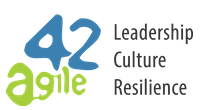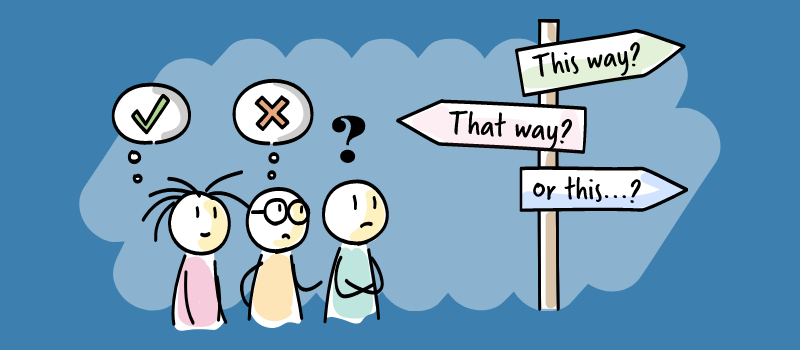Part 2: Human Factors in Agile Transformations
/by Amy BridgeOur long-time partner, Sonja Blignaut from More Beyond, shares her insights on human factors within the realm of "complexity". She addresses the notion that, if we force too much change on people, we compromise their sense of coherence. Ultimately we need to think about limiting the change in progress, the same way we limit work in progress within agile transformations.
Watch the full interview below:
Watch the recording of Sonja's webinar on "Human Factors in Agile Transformations".
Gerald M. Weinberg said, “all problems are people problems”. What do you make of that statement?
I think the best answer I can give is my favourite answer in complexity, and that is “it depends”. I don’t think we can remove context from that question. The reality is, that both the people as well as the problems are entangled in many different ways we can’t fully understand.
So, I will counter with another quote by W. Edwards Deming who said: “85% of the reasons for failure are deficiencies in the systems and processes rather than the employee”. He then continues to say that the role of management, therefore, is to change the process rather than badgering individuals to do better. I really like that because it brings together the idea of people and the context, the systems and processes they are embedded in, and how they are co-creating problems rather than just saying “it’s all about the people”.
What human factors does one need to consider in agile transformations?
In terms of the human factors that we need to consider for agile transformations, I think there are many, however, I will highlight a few and in our webinar, we will discuss more. Firstly we need to consider the anxiety that many people experience when we force too much change on them. It’s a bit paradoxical how we relate to change. Sometimes we seek out novelty and change and other times when it is forced on us, it creates a lot of anxiety and I think sometimes we forget about that.
One of my favourite frameworks to help me think through the human aspects of change is by Aaron Antonovsky. He created a framework called “individual sense of coherence”. There is much evidence that this has a strong relationship with the collective or organisational resilience. So he talks about three factors that make up an individual sense of coherence, which in essence means that individuals could feel that their internal &external worlds make sense.
The first factor is “comprehensibility”:
- Can I understand what is going on?
- Can I make sense of it?

The second is “manageability”:
- Do I feel that I’ve got the internal and external resources & skills to be able to cope with what is happening?
The third one is “meaningfulness”:
- Does it feel meaningful?
- Am I motivated to engage?
- Can I find meaning in what I am doing?
I think what happens very often is if we force too much change on people, we compromise their sense of coherence.
What is the role of decision makers in the context of an agile transformation?
From an organisational perspective and considering change in agile transformations, I think the role of an organisation and the decision-makers is to create environments and conditions where people’s sense of coherence can be maintained.
One of the things that I’ve noticed in many of the companies I have worked with, is that we don’t consider from an upstream perspective the impact of our decisions and the amount of change we put into the system, downstream. Very often an executive would say: “but I’m only driving one project”. But that one project, with all of the various silos that are involved, comprises a huge amount of change downstream, for the people who are at the receiving end of this. So I feel we need to think about limiting the change in progress, the same way we limit work in progress.
What have been your sources of inspiration in your own journey of understanding human factors?
I am naturally a curious person, so I draw inspiration from multiple places. However, in general, my main source of inspiration is the various theorists and thinkers who work in the field of complexity. So I tend to see everything through the lens of complexity.
Then also anthropologists like Gillian Tett and Aaron Antonovsky, and the field of systems psychodynamics and how social-technical systems work and all the various unconscious processes that happen there. And finally, my latest area of interest comes from biologists and how they are starting to look at flow and then also from the world of sports coaches.
So as you can see I’m drawing from multiple places and I look forward to seeing you at our webinar.
Watch the recording of Sonja's webinar on "Human Factors in Agile Transformations".
*Click here to read Part 1 blog post*



